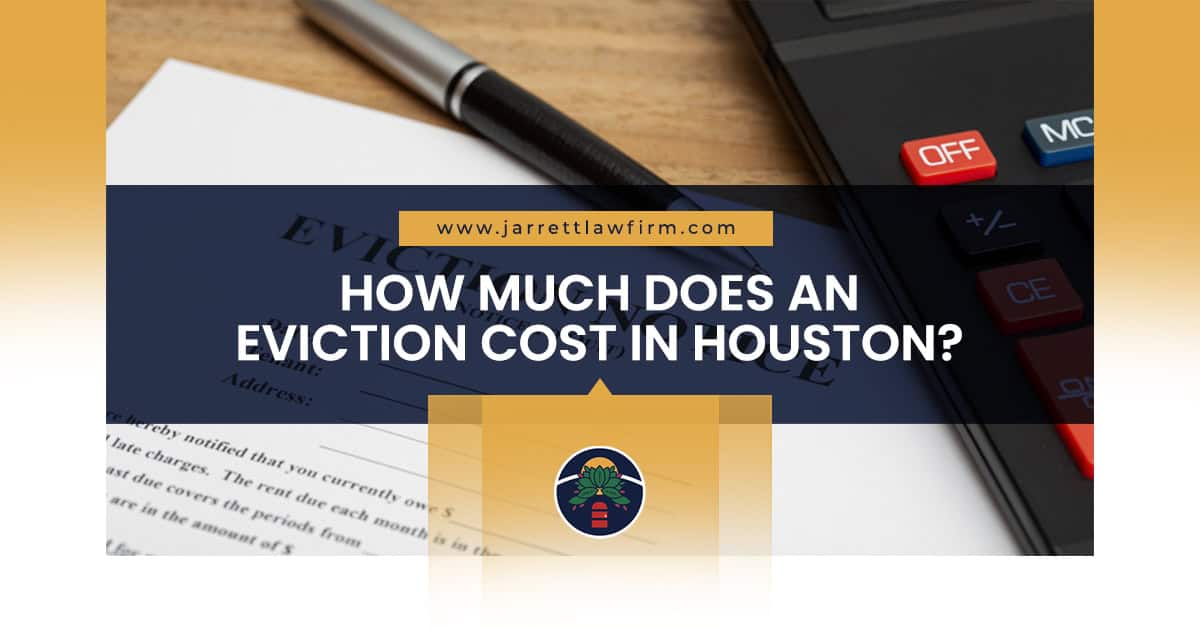Q&A: No easy road to convert employee into independent contractor – Technologist
Question: A long-term skilled employee is retiring but we anticipate still needing her expertise, so she has agreed to work for us on an as-needed hourly basis as an independent contractor. What should we be thinking about as she makes this transition to independent contractor status?
Answer: Stop the presses, it’s going to be very difficult to show that this individual is an independent contractor if she’s performing the same work that she did as an employee. Federal and state governments are motivated to collect payroll taxes and enforce employment rights, so they’re inclined to assume that an individual is an employee, which means you have an uphill battle here. It would help if she starts her own company, registers her business with the state, sets her own billing rate, solicits other clients, and works without supervision, but this is by no means a guarantee. A safer approach would be to classify her as an hourly employee and apply your normal employment policies for hourly employees.
Beware: Your Actions Could Turn Contractors Into Employees
Even if you legitimately engage an individual as an independent contractor, your own actions could tilt the balance toward employee status. This can be a costly mistake if your organization is hit with penalties for failing to comply with employer obligations, such as withholding payroll taxes and providing workers’ compensation coverage. Actions on your part that could blur the line you’ve tried to establish include setting expectations for work hours, monitoring performance, establishing pay rates, giving raises, and allowing the individual to use company equipment.
Stay Compliant: New Laws Impacting Freelance Contracts
You should also keep on top of any local requirements for engaging freelance workers. The California legislature recently passed Senate Bill 988, the Freelance Worker Protection Act (FWPA). For contracts entered into on or after January 1, 2025, individual freelance workers in California who earn $250 or more in a 120-day period are entitled to penalties if you don’t provide a written contract that includes specific information or if you don’t pay them within the time frames stated in the contract. If no dates are specified, you must pay within 30 days after services are completed. The City of Seattle has a similar law on the books that took effect September 1, 2022; for details, see Seattle’s webpage for the Independent Contractors Protection Ordinance. We anticipate that other jurisdictions may follow suit, so it’s important to be aware of local developments.
Need Clarity on Independent Contractor Status? We’ve Got You Covered
Vigilant focuses exclusively on employment law, so if you need help drafting an agreement with an independent contractor, you should talk with your general business counsel. However, if you’re a Vigilant member your Vigilant Law Group employment attorney can analyze your worker’s status to determine whether they’re likely an employee versus an independent contractor. For example, California’s FWPA doesn’t change California’s strict tests for determining whether a worker is an employee or independent contractor. (See our previous articles, “CALIFORNIA: Legislature codifies ‘ABC test’ for independent contractors,” “CALIFORNIA: ABC Test for independent contractors applies retroactively,” and “CALIFORNIA: 9th Circuit says truck drivers subject to AB 5 after all.”) For guidance on federal law, see our Legal Guide, Independent Contractor or Employee?, and contact your Vigilant Law Group employment attorney with any specific questions.
If you’re not yet a Vigilant member but need assistance analyzing your worker’s status, explore how our ongoing counsel can support your business. Learn more today to see if membership is the right fit for you.

